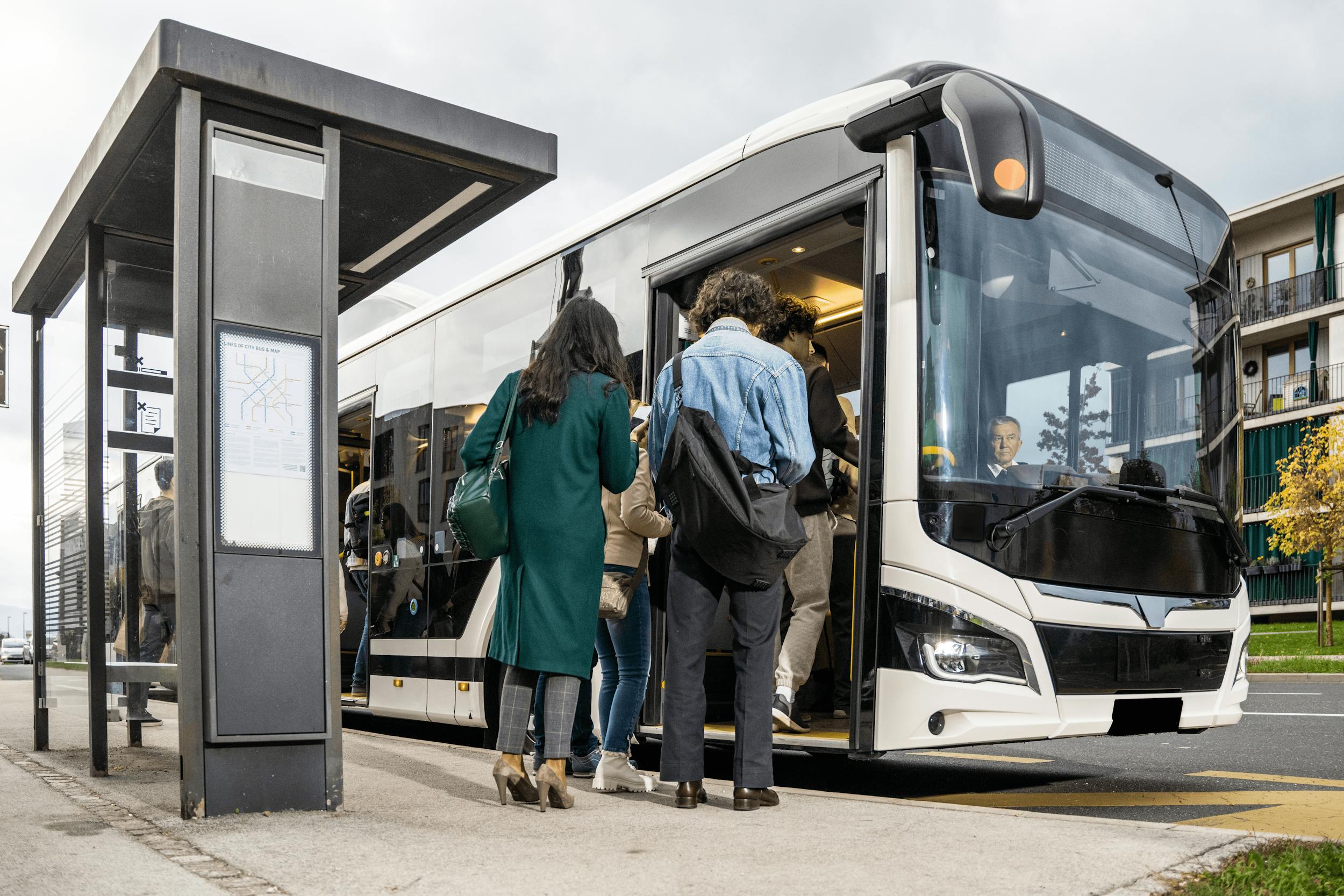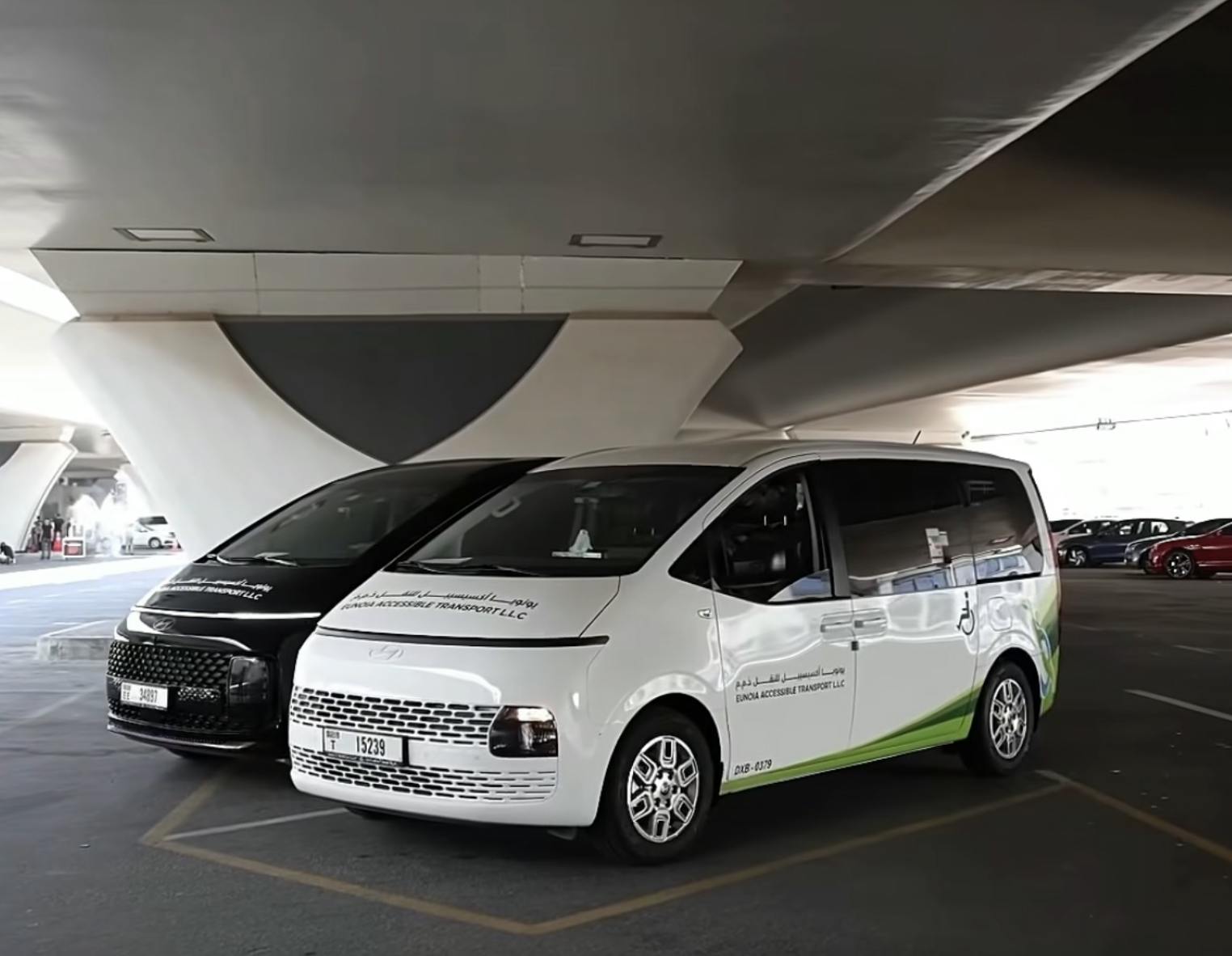

App claims to be a game-changer for public transit operators
On-demand vehicle routing specialist The Routing Company (TRC) is launching the Transit Protect feature within its Pingo platform, allowing integration of on-demand transit within specified service areas, while protecting existing fixed routes.
It means operators can build on-demand systems with tailored zone restrictions that do not compromise rider demand for existing networks.
Boosting on-demand transit access
Specifically, operators can use Transit Protect to set zone restrictions within the Pingo Dashboard and boost on-demand access for communities underserved by transit while restricting on-demand trips for already well-served routes.
“Our customers spoke, and we listened. This latest innovation is a result of agencies wanting to innovate and bolster service, while remaining concerned about cannibalisation of existing fixed route networks,” said James Cox, Chief Executive Officer, TRC.
“Transit Protect is a game changer for public transit agencies and puts them in full control of managing rider demand and behaviour across all modes in a network.”
Zone restrictions can be set for geographic service areas or specific times of day, depending on operator preferences. This allows operators to set when and where on-demand service will be available to riders.
“We developed Transit Protect as a direct response to customer demand for balancing transit modes offered to riders without compromising existing ridership,” said Niko Rekhviashvili, director of product management, TRC. “This is an industry-leading feature that puts transit first – again demonstrating that TRC is truly built for transit.”
Transit Protect is immediately available for new and existing customers around the globe.
TRC’s Pingo platform includes the Drive Pingo and Ride Pingo apps and the Pingo Dashboard operations management tool, which together provide on-demand, paratransit, fixed, and flexible transport that aims to enhance ridership of existing transport networks.


